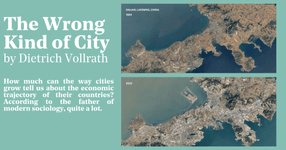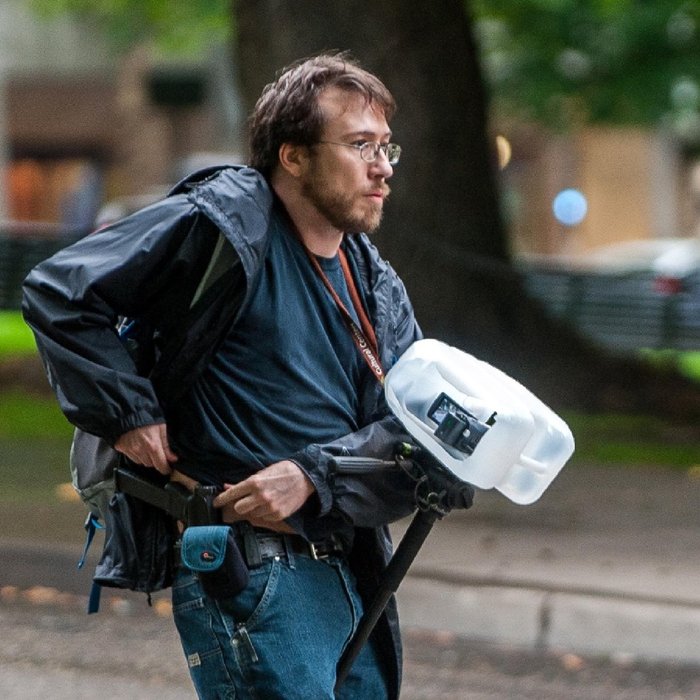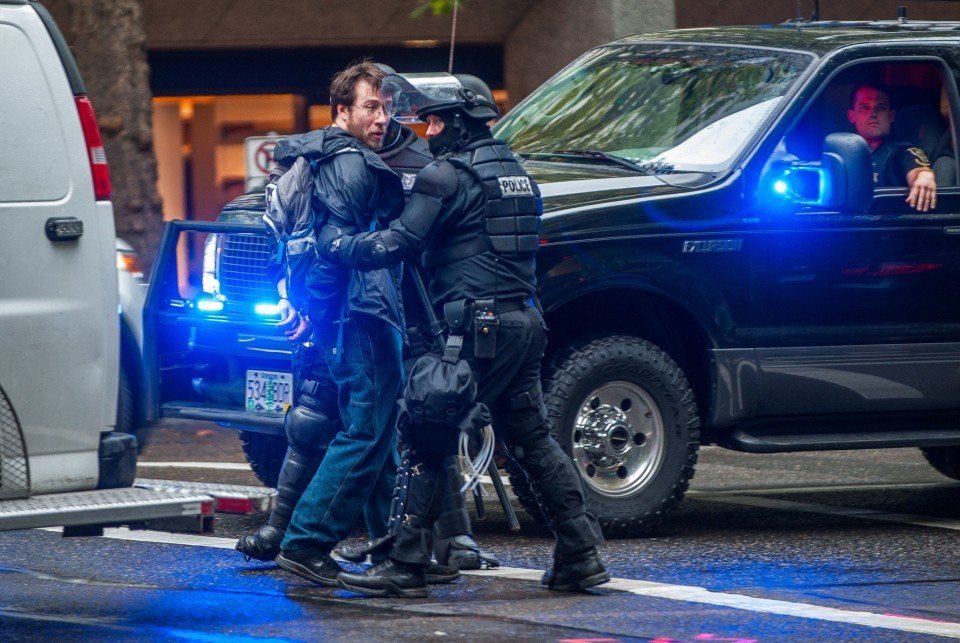Sublime
An inspiration engine for ideas

There were, in 1914, 50,000 city employees and this meant 50,000 men and women who owed their pay checks—and whose families owed the food and shelter those pay checks bought—not to merit but to the ward boss. Patronage was the coinage of power in New York City.
Robert A. Caro • The Power Broker


In the 1980s, Milwaukee was the epicenter of deindustrialization. In the 1990s, it would become “the epicenter of the antiwelfare crusade.” As President Clinton was fine-tuning his plan to “end welfare as we know it,” a conservative reformer by the name of Jason Turner was transforming Milwaukee into a policy experiment that captivated lawmakers
... See moreMatthew Desmond • Evicted: Poverty and Profit in the American City
As his collar indicated, 10 was indeed dead. He had been shot by a local man named Chad McKittrick, who, after being arrested and charged with a federal offense for shooting an endangered animal, claimed he had thought he was shooting a feral dog. It wasn’t the perfect crime; a friend of McKittrick’s had disposed of 10’s collar in a culvert filled
... See moreNate Blakeslee • American Wolf: A True Story of Survival and Obsession in the West
Roosevelt targeted those whom he referred to as the “malefactors of great wealth” and argued that the Jeffersonian rights in the Declaration included “the rights of the worker to a living wage, to reasonable hours of labor, to decent working and living conditions, and to freedom of thought and speech and industrial representation—in short…in return
... See moreJon Meacham • The Soul of America: The Battle for Our Better Angels
Ben Bowers • J.Crew’s ‘The Bear’ Collab Celebrates the Show’s Best Characters
The city’s government did little to help its people. The will to help was not the force that drove that government. That force was greed. During the fifteen years in which Red Mike Hylan and then Beau James Walker had been Chief Magistrate of America’s greatest city, the Tammany leaders who served under them had seemed motivated primarily by the
... See moreRobert A. Caro • The Power Broker
Ostensibly, Howe’s duties involved labor relations, special investigations, and speechwriting. He also took charge of patronage, handled Roosevelt’s correspondence, made appointments for his boss, wheedled postmasterships for deserving upstate Democrats, and kept his finger on the pulse of New York politics, building an organization to challenge
... See more